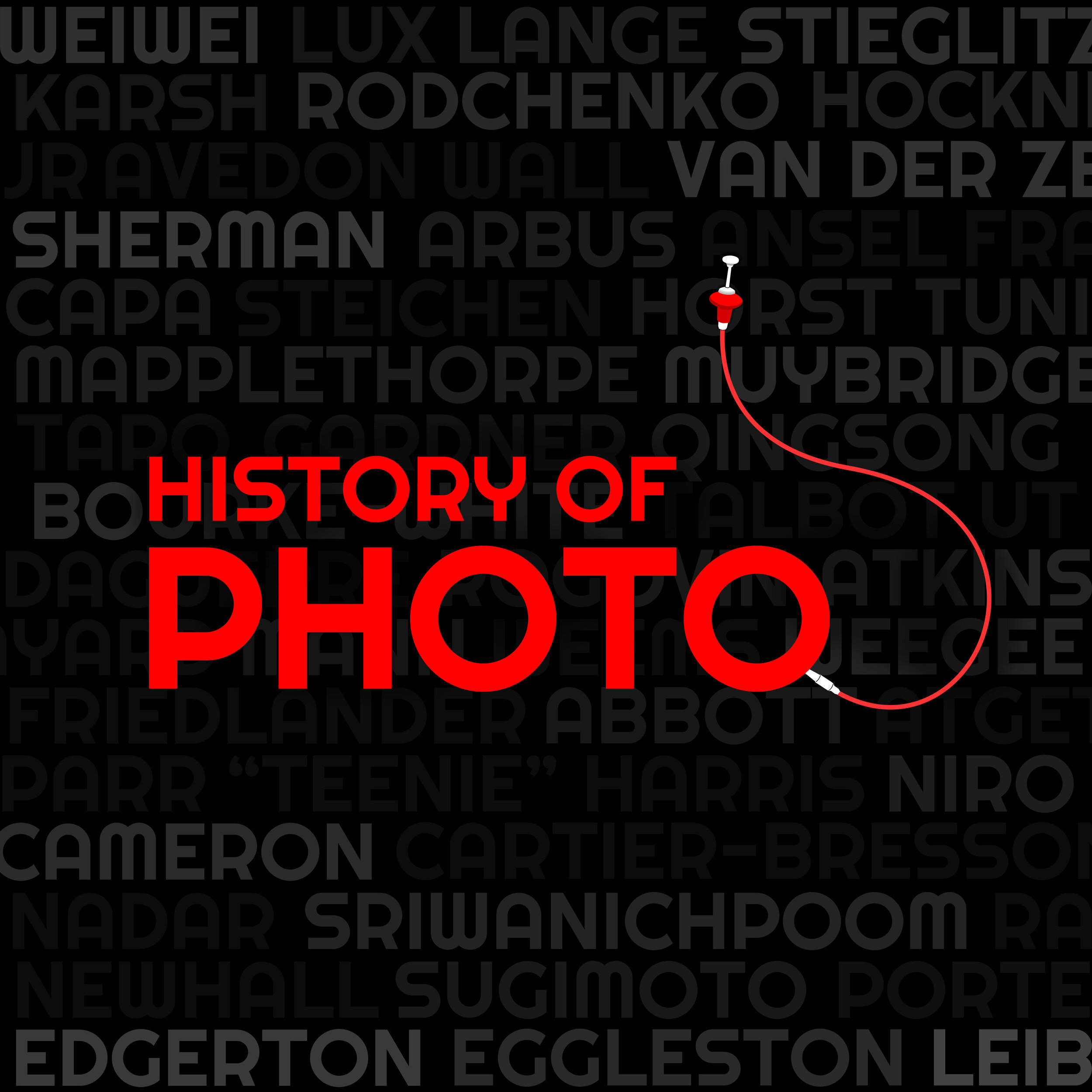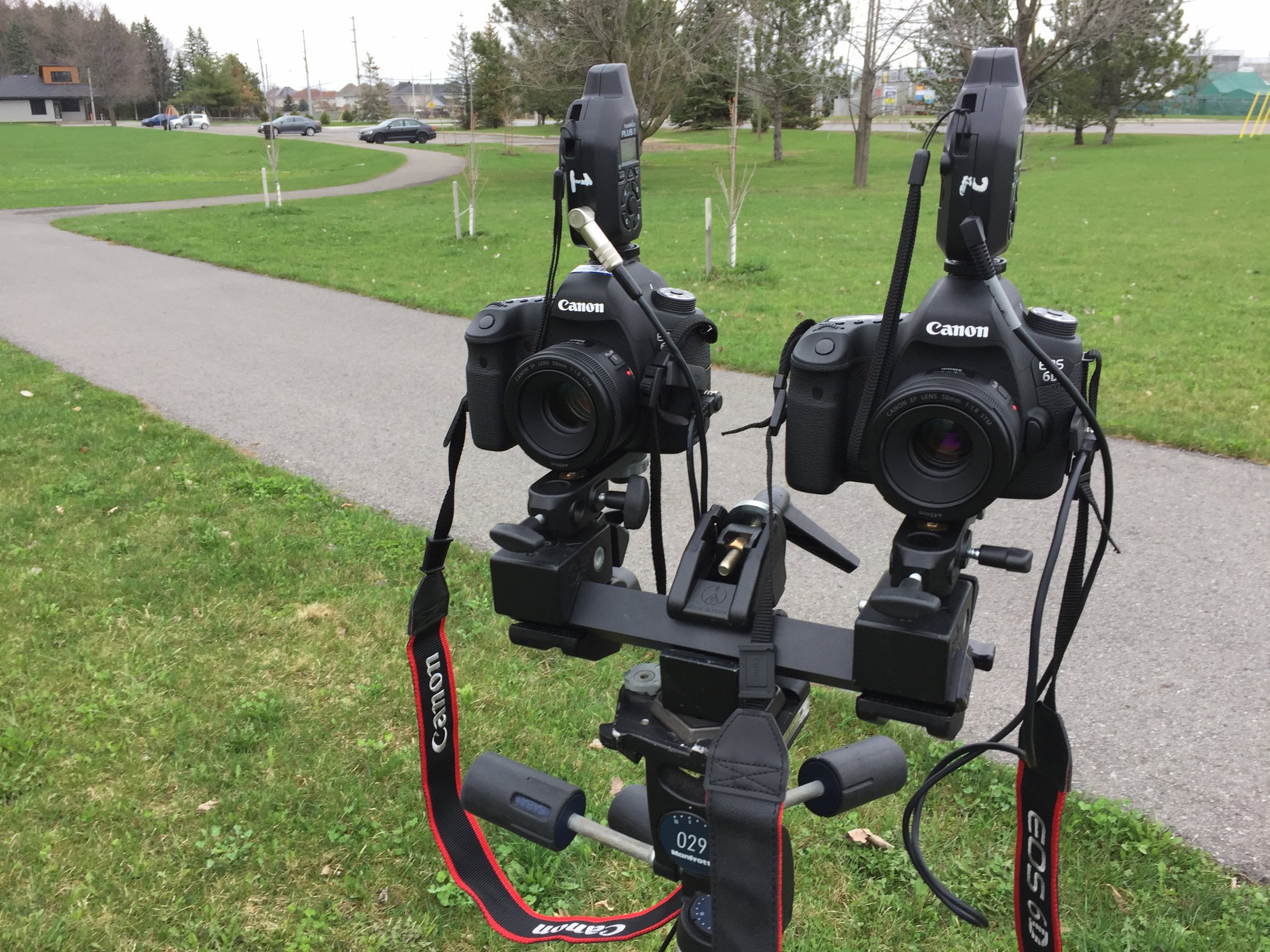I am thinking of using stereoscopic photography for this project, this process uses two images photographed at slightly different distances printed or a card and then viewed through a stereo viewer. The initial stereo viewer was invented by Sir Charles Wheatstone in 1838 and the process was explained in his paper “Contributions to the Physiology of Vision” Silverman (1993). The stereo viewer was then adapted for photographic images, the most notable variations where invented by Sir David Brewster in 1849 and Oliver Wendall Holmes in 1861 Silverman (1993).
The reason I was interested utilizing this process is because stereoscopic images were very common at the turn of the twentieth century and were often used as educational tools to show students other countries. Countries under colonial rule and the indigenous populations were photographed by white travel photographers, commissioned by companies Underwood & Underwood and Keystone, these photographers provided stereographs and descriptions of the scenes they photographed. This 1909 Underwood & Underwood stereograph description is referenced by VanderKnyff (2007: p. 58):
"We wonder what thoughts are in these shaven heads before us. Their curiosity aroused, these dark-skinned natives have crept out of their huts to look at us. They have seen white people before but not so often but what each experience is still an event. It is very probable that some of the old people still living in this village have tasted human flesh for in this vicinity dwelt a savage, cannibal tribe who carried on their orgies until the Belgian authorities interfered. It is said there is now no cannibalism in Belgian Congo, but in a land so vast and with much still not touched by the white man's civilization who can be certain what happens when tribal ceremonies are being performed."
As my project is on migration narratives I thought it would be interesting to turn stereoscopic photography on its head, use it not as a tool to showcase otherness but to showcase a shared humanity. The stereoscopic images would be photographed in collaboration with my subjects and the description written by them about their experiences as migrants. I like the direct engagement of the subject with the viewer in stereoscopic photography as noted by VanderKnyff (2007) direct eye contact, while generally avoided in photographs drawing from painterly traditions, is one convention of stereographic photography. There is also a more intimate interaction with the image as you have to put the viewer to your eyes to see it. This intimacy, I think, can be compounded when the viewer then encounters the added third dimension of the subject inherent in this medium, as VanderKvnyff (2007: p. 57) noted:
"The contradiction is that, in the stereographic medium, gimmicky though it may seem in afterthought, the humanity of the subject is often more poignant and powerfully felt than in conventional photography, for the subjects are literally given an added dimension. Even in these African views from Underwood & Underwood, with their obstacles of form and intent, the individuality of some people can burst through with a devastating clarity. It is then that we glimpse them not as mere signifiers, but as humans at the mercy of unbidden and no doubt mystifying forces."
My initial concerns with the process is how to photograph the images, I would like to capture both images simultaneously as they would be people. Another concern is displaying the images, my ultimate goal would be to have a gallery showing, how could this be done?
Citations
Machinski, J. (2018) research & practice Stereoscopic Photography. May 2018. Unpublished.
Silverman, R.J. (1993) "The Stereoscope and Photographic Depiction in the 19th Century". Technology and Culture [Online]. (34)4. pp. 729-756. Available at: https://www-jstor-org.ezproxy.herts.ac.uk/stable/pdf/3106413.pdf?refreqid=excelsior%3A7ea8aca4e5dc9d1088640e523cde7dc6 [Accessed: 10 May, 2018].
VanderKnyff, Rick (2007) “Stereoscopic Views of Sub-Saharan Africa”. African Arts; Los Angeles [Online]. (40)3 Autumn. pp. 50-63. Available at: https://www-jstor-org.ezproxy.herts.ac.uk/stable/pdf/20447843.pdf?refreqid=excelsior%3Acac8fbda9893b280ae254fa0bdf83ab3 [Accessed: 8 May, 2018].











